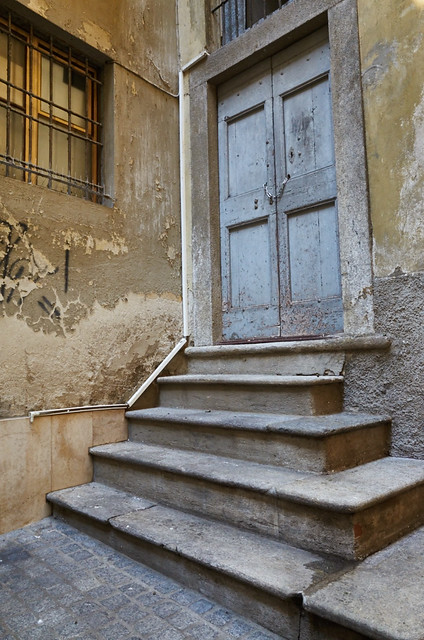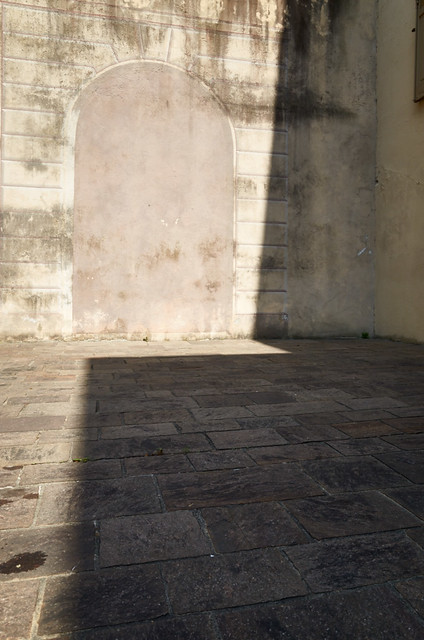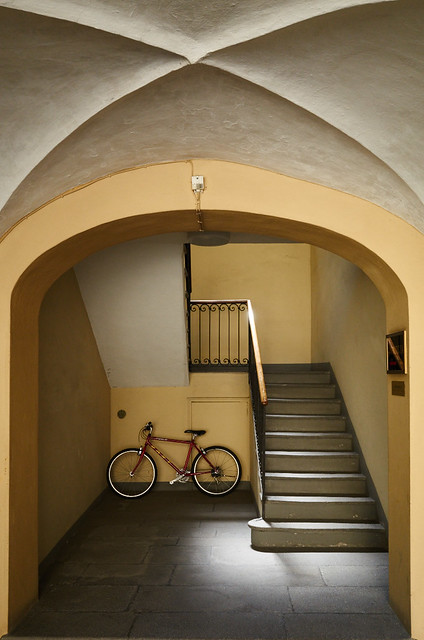Car Parks
pay and display
I’m still not really sure that the Hasselblad X1DII is for me. This is convoluted with the fact that I’m not really sure any more that photography in general is for me. However, inspired by an article I read on the web, I decided to take the X1DII along with me on a shopping trip last Saturday, and dedicated half an hour so to taken a few photos.




Needless to say, photos of car parks, whatever their compositional or other merits may be, are not going to be of much interest to anybody but photography nerds, either from the point of view of comparing resolution of brick walls, or from an appreciation of water towers or other concrete structures. Otherwise, anybody seeing this stuff (which is nobody, so far), is essentially going to be thinking, if not saying, WHY are you photographing that stuff???
Why indeed. I have no idea. I’m somehow attracted to these forms and the contrast they make with bits of nature poking into the frame. I didn’t actually make a terribly good job of it, there was one shot in particular when I missed a key component - then again I doubt anybody else would notice. I have no “photo buddies” to chat about this stuff with either online or in the real world, and it really is getting to feel completely pointless.
As far as the X1DII is concerned, the impressive resolution obviously doesn’t really show through here. However, the delicacy in colour rendition and tone transitions I think does show, as does the dynamic resolution under the glare of midday sun. What you can’t see here - I hope - is the endless fight against sensor dust, which the X1DII is completely unprotected against. A far cry from the Olympus “Supersonic Wave Filter”.
This one’s from a different car park.

The X1DII appears to be a solution looking for a problem as far as I’m concerned.










